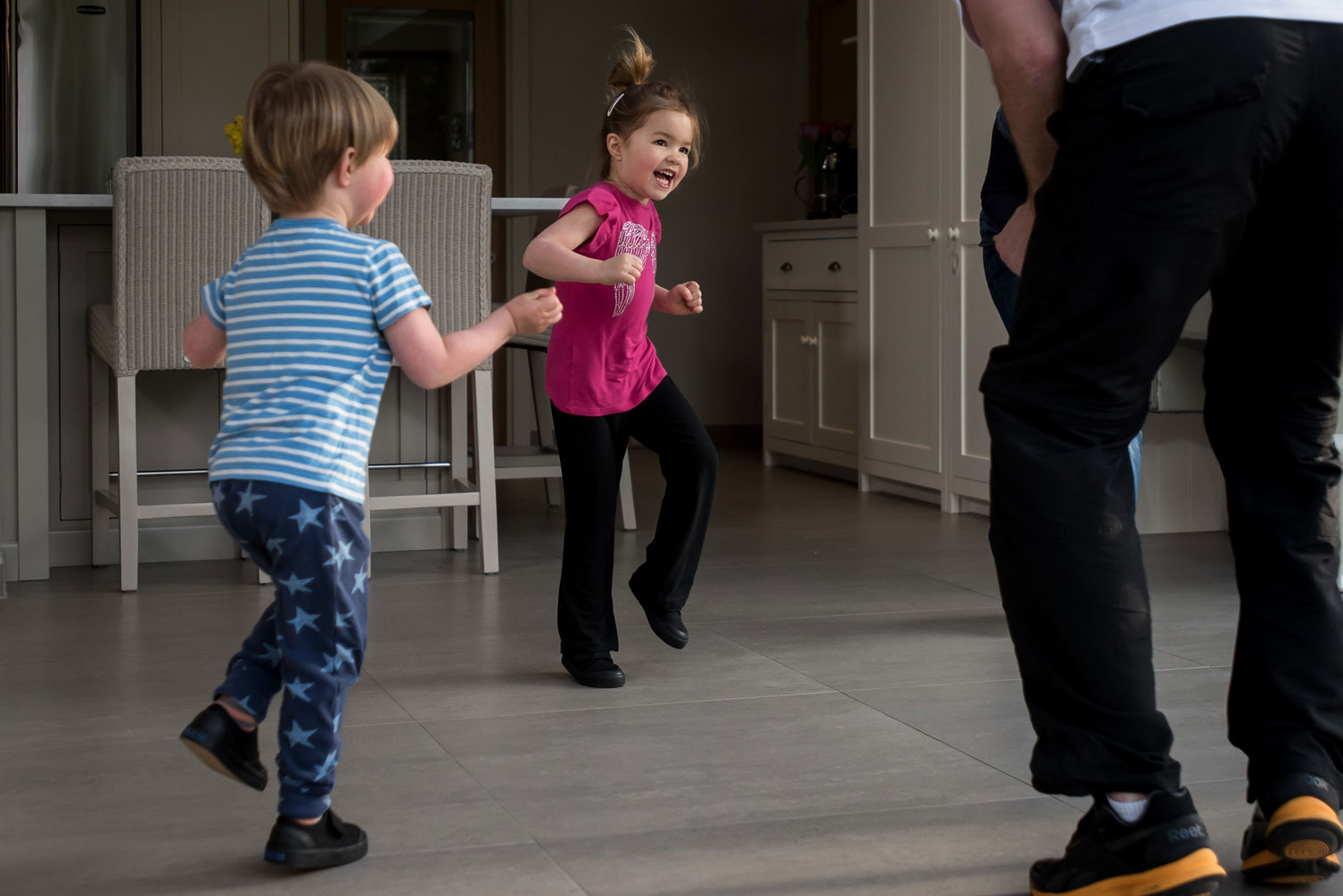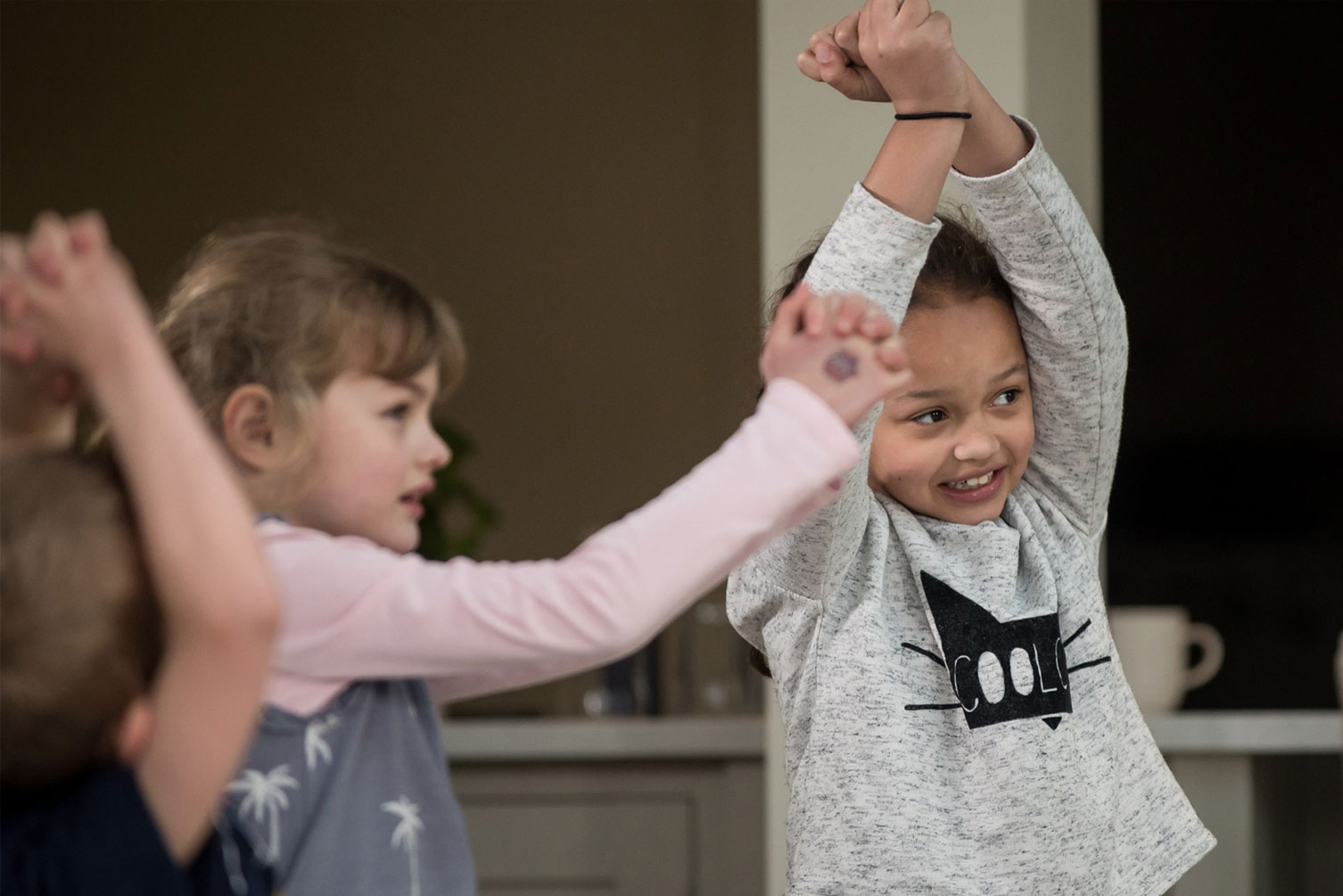Our shoes are the ultimate expression of what drives us forward as a business: to support healthy development by making quality products that won’t let children down until they grow; to learn everything we can about foot health and how it contributes to the growing body; to continually improve, lead and contribute so more people, not just our customers benefit from our business.

In our #Find15 series, we are sharing the actions we take, both small and large to innovate and improve to protect our little one’s futures. And within this series, we are also making suggestions to our followers and customers on the small changes they can introduce to their everyday lives to contribute to protecting their children’s future. Together we aim to incorporate 15 new behaviours this year, that will positively protect the future for this generation of children.
In our first blog we looked at actions we are taking towards improving sustainable behaviours and this month we are looking at child health.
Regular exercise also supports emotional development. It helps to reduce feelings of stress and anxiety and can help children to feel better about themselves. It improves the flow of blood to all parts of the body, including the brain, whilst also boosting the immune systems. This is why we support The Daily Mile initiative, which encourages children while at school and at home to head outside into the fresh air to get their heart pumping more quickly for 15 minutes every day. This is the inspiration behind our #Find15 series.
Lastly, in 2016, we carried out research with over 600 children aged 7-11 years to identify how they felt about physical exercise and sport. It was encouraging to find that 86% of the children believed exercise is important, 73% of the girls and 80% of the boys enjoy sport and exercise because ‘It’s fun’ and 65% of the children wanted to do more exercise with their parents. So here’s some inspiration for getting active together as a family this May half-term.

1 . For younger, toddling children, it can be a challenge to keep up with them at the best of times! While they charge about and explore everything, they are firing all their senses and helping their body to develop. Use ‘deliberate play’ techniques to get the most benefit from physical activity. Give your toddler targets while playing – find something yellow across the garden, touch green, purple and red targets in a particular order, walk in a straight line between two obstacles or balance on a low step for the count of five.
2. Take an active 15 minute break every day. To get the most benefit, aim to feel out of breath for most of the time and to feel your heart beating faster than usual. Target an activity or destination and keep a record of how fast or how long you managed to do it and try to beat your target the next day. Set a timer on your phone - this will help little ones to stay motivated as they see the stopwatch ticking away.
3. Set a nature hunt for children to tick off items they find while walking. An easy method is to split the alphabet and find things relating to each letter. Over four days, set out to find six or seven items relating to the letters of the alphabet you have targeted for the day.
4. If you are heading away in a long car journey with young children strapped into car seats for a length of time, these stretching exercises have been devised by biomechanics experts to mobilise joints that have been cooped up, loosen muscles and nerves and increase blood flow. This short routine takes less than five minutes, is simple and easy to follow: Repeat each stretch six times.

5. When a child limits movement, it can affect muscles, joints and posture and become a pre-cursor for problems as the child gets older. Children can get themselves into awful positions when they play on gadgets and this can put a huge amount of stress and pressure on their joints and ligaments, which can also cause muscle spasms. It’s important for growing children not to stay static for too long, so while playing on gadgets encourage them to change positions every 10 to 15 minutes.
Visit our Keep Moving hub for more ideas and activities to keep your youngster moving >
Author: Stacey, published 27-05-2022.